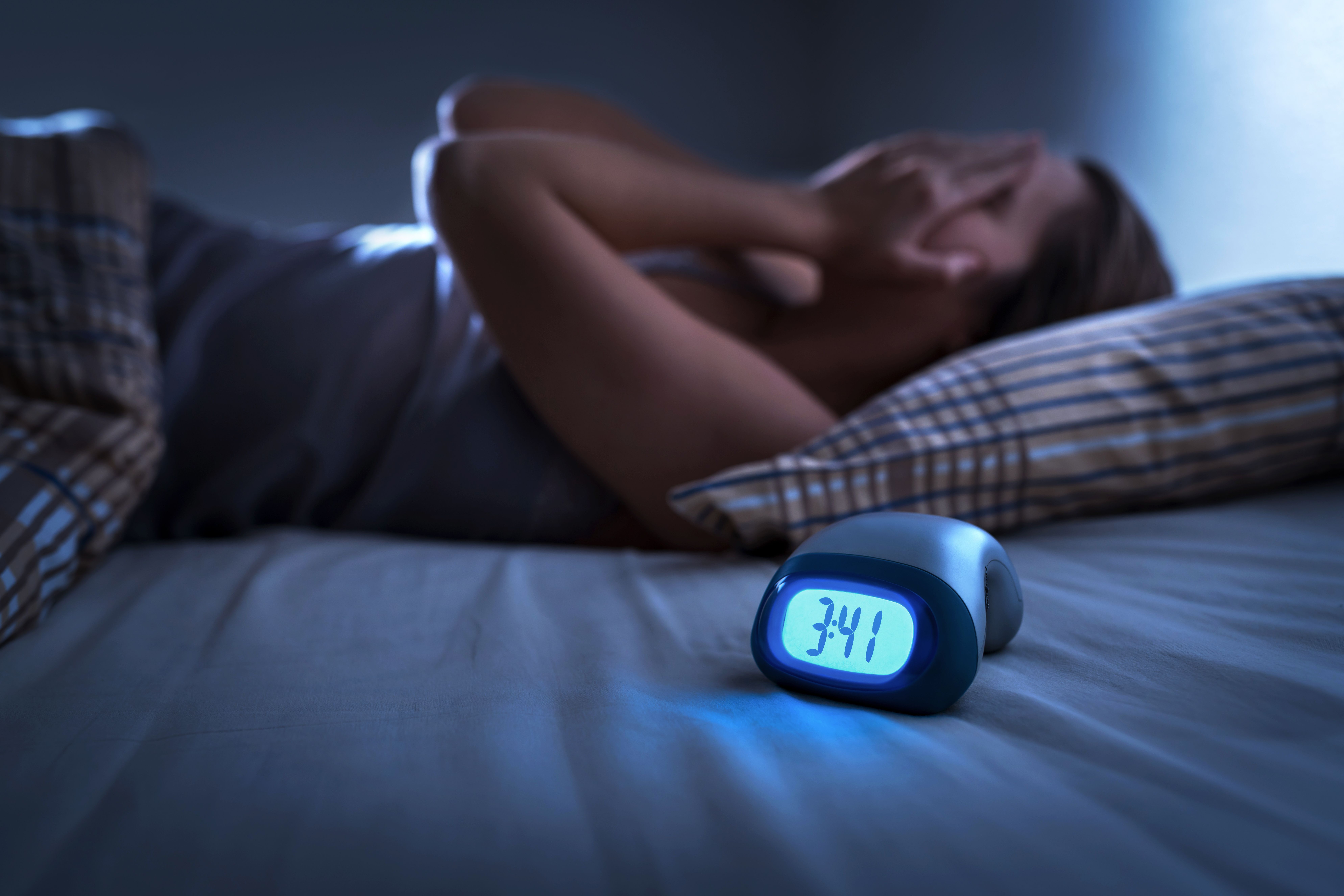News
Article
Results of Study Find Irregular Sleep Patterns Associated With Diabetes Risk
Author(s):
The ADA Clinical Practice Recommendations added sleep assessment for precision medicine in type 2 diabetes, supporting the wealth of information surrounding the association.
Investigators from Mass General Brigham and Women’s Hospital finds association between irregular sleep durations and increased risk of diabetes, concluding that individuals with the greatest irregular patterns have a 34% higher risk of type 2 diabetes (T2D), according to results from a study published in Diabetes Care.1,2
Image Credit: terovesalainen - stock.adobe.com

"Our study identified a modifiable lifestyle factor that can help lower the risk of developing [T2D]," said Sina Kianersi, PhD, a research fellow in the Channing Division of Network Medicine at Brigham and Women's Hospital, in a news release. "Our findings underscore the importance of consistent sleep patterns as a strategy to reduce [T2D]."1
Over the past 25 years, there has been substantial evidence that circadian disturbances affect the likelihood of obesity, T2D, and cardiovascular disease, explained Esra Tasali, MD, from the University of Chicago, in a session at the American Diabetes Association (ADA) 84th Scientific Sessions. Data have shown that T2D outcomes are linked to insufficient sleep, with the ADA Clinical Practice Recommendations adding sleep assessment as part of a precision medicine–focused practice for treatment.2
Investigators included 84,421 individuals with a mean age of 62 years from the UK Biobank who were free of T2D at the time of enrollment. Patients were approximately 57% female and 97% White. Data from 2013 to 2015 was used and followed until May 2022, including sleep duration variability. They analyzed the within-person mean of 7-nigh accelerometer-measured sleep duration using a Cox proportional hazard model to estimate the hazard ratio (HR) for incident of T2D and associated sleep duration. Incident T2D was determined via medical records, death registration, and/or self-reported diagnosis.1,3
Patients included in the study wore accelerometers—watch-like devices to monitor movement—for 7 nights. Investigators aimed to determine if irregular sleep durations promoted diabetes development through circadian disruption and whether the association varied for patients with genetic predispositions.1
There were 2058 incident diabetes cases during the follow up. Investigators found that compared with sleep duration standard deviation of ≤30 min, the HR (95% CI) was 1.15 (0.99, 1.33) for 31-45 min, 1.28 (1.10, 1.48) for 46-60 min, 1.54 (1.32, 1.80) for 61-90 min, and 1.59 (1.33, 1.90) for ≥91 min, after adjusting for age, race, and sex. They concluded that more irregular sleep duration was associated with a higher diabetes risk, with the risk being more pronounced in individuals with longer sleep duration and lower polygenic risk scores for diabetes.1,3
The risk continued to be evident, though decreased after accounting for lifestyle, comorbidities, family history of diabetes, and obesity.1
"Our findings have the potential to improve diabetes prevention on multiple levels," said Kianersi. "Clinically, they might inform better patient care and treatment plans. Public health guidelines could promote regular sleep patterns. However, more research is needed to fully understand the mechanism and confirm the results in other populations."1
As a follow up, the investigators plan to determine the effect in younger age groups and those with more diverse racial backgrounds.1
REFERENCES
1. Irregular sleep patterns lead to increased risk of type 2 diabetes, study finds. News release. Brigham and Women’s Hospital. July 17, 2024. Accessed August 1, 2024. https://www.sciencedaily.com/releases/2024/07/240717120917.htm
2. Gallagher A. SURMOUNT-OSA: 4 in 10 Who Need CPAP Would No Longer Need It With Tirzepatide. Pharmacy Times. June 22, 2024. Accessed August 2, 2024. https://www.pharmacytimes.com/view/surmount-osa-4-in-10-who-need-cpap-would-no-longer-need-it-with-tirzepatide
3. Kianersi S, Wang H, Sofer T, Noordam R, Phillips A, Rutter MK, Redline S, Huang T. Association Between Accelerometer-Measured Irregular Sleep Duration and Type 2 Diabetes Risk: A Prospective Cohort Study in the UK Biobank. Diabetes Care. 2024 Jul 17:dc240213. doi:10.2337/dc24-0213
Newsletter
Stay informed on drug updates, treatment guidelines, and pharmacy practice trends—subscribe to Pharmacy Times for weekly clinical insights.





